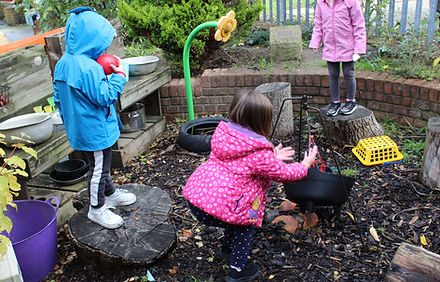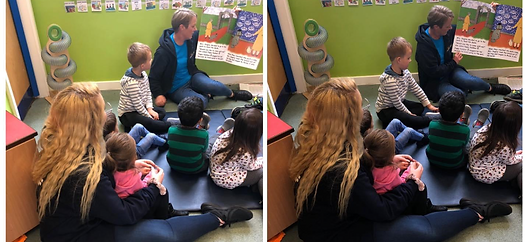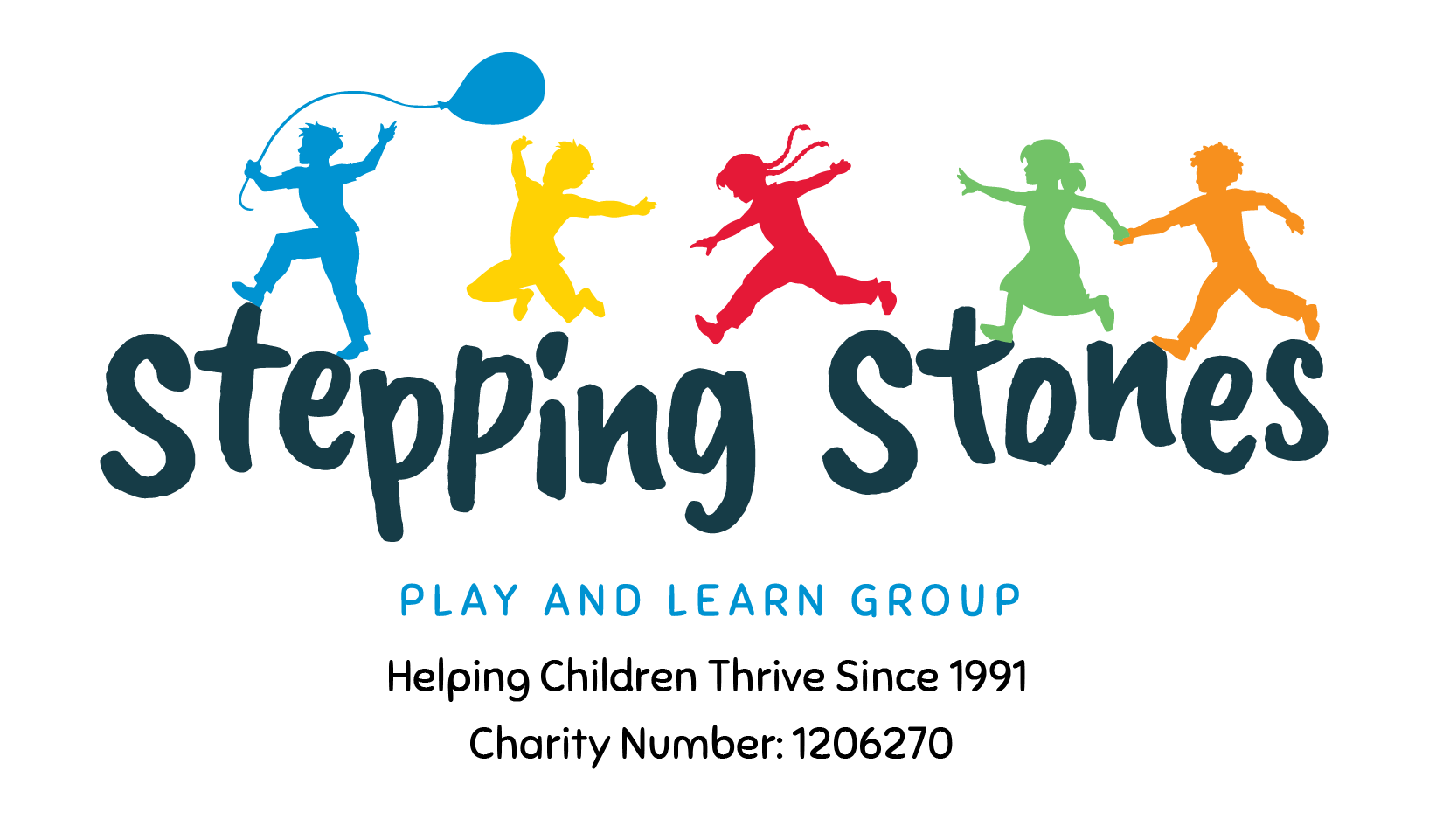Birth to Five Matters
Throughout the day the children learn and play, we have lots of different activities for them to access freely or with the support from a member of staff. We follow the Birth to Five Matters framework. Please read on to take a look and see how we incorporate this into their learning.
The Birth to Five Matters framework is divided into 7 areas; 3 prime areas and 4 specific areas. The prime areas generally develop quickly in response to relationships and experiences and support learning in all other areas.
The 3 Prime areas are;
- Personal, Social and Emotional Development
- Communication and Language Development
- Physical Development

The 4 Specific areas are;
- Literacy
- Mathematics
- Understanding of the world
- Expressive Arts and Design

Every child will be linked up to our online journal – Tapestry. Your child’s key person will add observations, photos and videos; parents can also add to their child’s journal too.
We hold termly reviews to discuss your child’s development, progress and any concerns.
When your child leaves for school, you will be able to download their Tapestry journey.
Our aims:
- To provide individual care to meet the unique needs of each child.
- To create an environment within which children learn to respect and care for themselves, for one another and for the world around them.
- To enable children to develop self-esteem, respect for others and confidence in themselves as learners.
- To build on children’s existing knowledge and understanding in all areas.
- To support children’s explorations and developing understanding of the world around them.
- To help children understand that written symbols, both words and numbers, have meaning.
- To encourage the use of speech, vocalisation, Makaton signing, PECS, objects of reference, visual tools and written language for a range of purposes in a ‘total communication environment’.
- To provide an environment which offers indoor and outdoor activities using a range of resources, to develop fine & gross motor skills and social interaction.
- To provide activities that involve children’s creativity and help increase perseverance and concentration
- To promote children’s independence.
